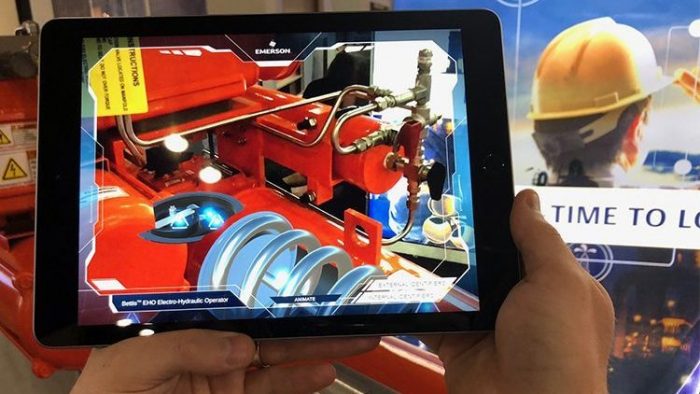5 Tips to Get the Most Out of Your Interactive Presentation

5 Tips to Get the Most Out of Your Interactive Presentation
Interactive media has been picking up major steam among marketers lately. Not only because audiences prefer interactive experiences but also because of its effectiveness at driving user engagement and sales. So if you haven’t explored the world of interactive marketing yet, this is your sign to take the leap.
Previously, we went over the “what” and “why” of sales-generating interactive experiences. Now we are covering the “how”; that is, how to plan effective interactive experiences. Without further ado, here are our tips for planning a successful interactive experience.
1. Don’t pigeonhole your interactive experience
One of the key advantages of interactive content, like dynamic presentations, is its ability to be easily adapted across mediums. So, when planning your interactive experience, don’t limit its potential to a single device or purpose. At least not right off the bat.
We suggest maximizing its potential by making the programming dynamic and adaptable to build onto as your product or service lines change over time. There is no need to re-invent the wheel. Instead, adapt it to your specific needs. This means not only building the original experience for standard screen sizes, but it also means keeping the software in mind. It’s a much smoother process to start with more dynamic programming platforms and translate that to niche situations down the road rather than the other way around.
2. Start off small, but build with expansion in mind
While you don’t want to limit its potential, you also don’t want your interactive tool getting held up on the production line waiting to add every bell and whistle before launch. We suggest breaking up your overall vision for the interactive presentation into more manageable phases. As the programmer completes and deploys each stage, you can capitalize on the benefits as the development of the next phase of your interactive project is underway. For some of our clients, like ChampionX, we found it best to divide these phases by product line. We first introduced an interactive application for ChampionX’s Offshore Production Solutions, then created another for their Onshore Production Solutions.
However, you can also break up the stages of your project by application features. If you know that down the line, you will want to showcase 3D models of your products or include additional resources, like PDFs, you can add these features in later phases. Just be sure to communicate that as part of the overall vision so the developer can accommodate that coding from the start.
3. Give Users Opportunities to Dive Deeper
Speaking of adding features to your interactive experience down the road, one way to enhance your interactive presentation is by providing additional resources within the application that will enable users to dive even deeper into a particular product, service, or topic if they so choose. You can do this by adding pdf documents, website links, or videos, to name a few examples.
4. Include 3D animation
Incorporating 3D animations or models within your interactive presentation is not only a visually-impressive way to capture your audiences’ attention, but it’s also very effective at showcasing physical products in a digital format. Product-based companies often utilize 3D animations within their interactive applications to give audiences a full 360-degree view of their products. However, sometimes it’s what is on the inside that counts, and 3D models can help showcase that too. For example, when Emerson wanted to highlight the key differentiators of their new product to trade show attendees, VISION created an Augmented Reality experience that overlaid the physical product with 3D animations—revealing the internal mechanics of the Bettis G-Series Pneumatic Valve Actuator.
But 3D animations are not limited to only product-based representations. It’s also an effective way to visualize and explain concepts or processes. For instance, NASA’s Mars 2020 Entry Descent Landing is a great example of how a custom interactive product can illustrate complex concepts 3-dimensionally.
5. Use interactive applications to collect valuable marketing data
Now that 3rd-party cookies are on their way out, marketers need to find new ways to collect valuable data to inform their marketing decisions and strategies. Interactive media is the answer to this dilemma. Interactive media not only offers a way to collect higher-quality data but also a better user experience. The privacy concerns about collecting user data through 3rd-party cookies don’t exist when utilizing interactive media. Rather than being intrusive to user privacy, interactive media enables users to be active and willing participants in what information they share. Moreover, interactive applications can provide a wide breadth of information types—ranging from basic contact information to deeper insights such as the customer’s goals, frustrations, motivations, and habits.
We know the process of planning an interactive marketing strategy can seem intimidating. But with a clear strategic vision and the right interactive experience development partner to guide you, interactive technology can open the doors to incredible innovation and results.
The interactive content boom has only just begun. Are you ready for it?
Give us a call at 713-862-1900 to get your custom interactive experience project started.

